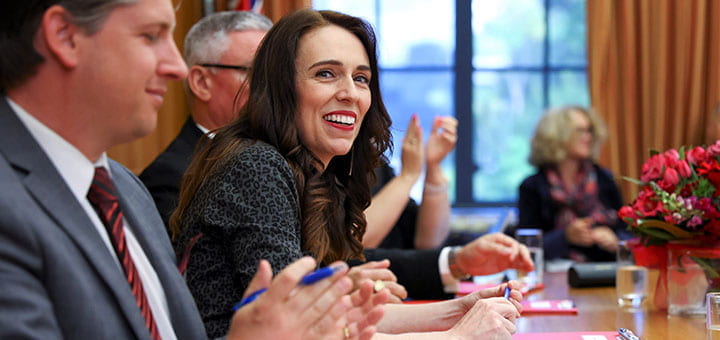The Institute for Women’s Leadership exists to address the leadership gap and to take progressive steps to narrow the breach.
Leadership by the Numbers
Center for American Progress
- Women have outnumbered men on college campuses since 1988. They have earned at least one-third of law degrees since 1980 and accounted for one-third of medical school students by 1990. Yet, they have not moved up to positions of prominence and power in America at anywhere near the rate that should have followed.
- In a broad range of fields, their presence in top leadership positions—as equity law partners, medical school deans, and corporate executive officers—remains stuck at 5 percent to 20 percent.
- Overall, there is an enormous gap between the fortunes of a small number of prominent women at the very top of their fields and the vast majority of women nationwide.
- A gulf is widening between American women and their counterparts in peer nations as well: Although the United States ranked first in women’s educational attainment on the World Economic Forum’s 2017 Global Gender Gap Index of 144 countries, it ranked 19th in women’s economic participation and opportunity and 96th in women’s political empowerment.
The Center for American Progress also makes recommendations for advancing gender equality at home and abroad by leveraging women, peace and security (WPS).
A big step was President Biden’s executive order on the establishment of a White House Gender Policy Council, of which a primary goal is:
participation in the labor force and by decreasing wage and wealth gaps.
Like the Council and the Center for American Progress, UW-Green Bay’s Institute for Women’s Leadership has been established to “develop and promote affirmative solutions to ensure that all women can participate fully in our economy and live healthy and productive lives.”
*
One such affirmative solution is the creation of an Advanced Certificate Program, designed to help women counteract the documented stall that can occur between middle management and executive leadership. The certificate program not only identifies concrete steps a woman can take to outbalance the factors of stalling, it enables women to create a social network across industries vital to their advancement. The program is a blend of online and in-person work, now enrolling for Fall 2021. Register by September 21. Learn more at the Institute for Women’s Leadership.
*
RESOURCES:
The Center for American Progress
The Center for American Progress is an independent nonpartisan policy institute that is dedicated to improving the lives of all Americans, through bold, progressive ideas, as well as strong leadership and concerted action. Our aim is not just to change the conversation, but to change the country.
Institute for Women’s Policy Research
We win economic equity for all women and eliminate barriers to their full participation in society. As a leading national think tank, we build evidence to shape policies that grow women’s power and influence, close inequality gaps, and improve the economic well-being of families.






